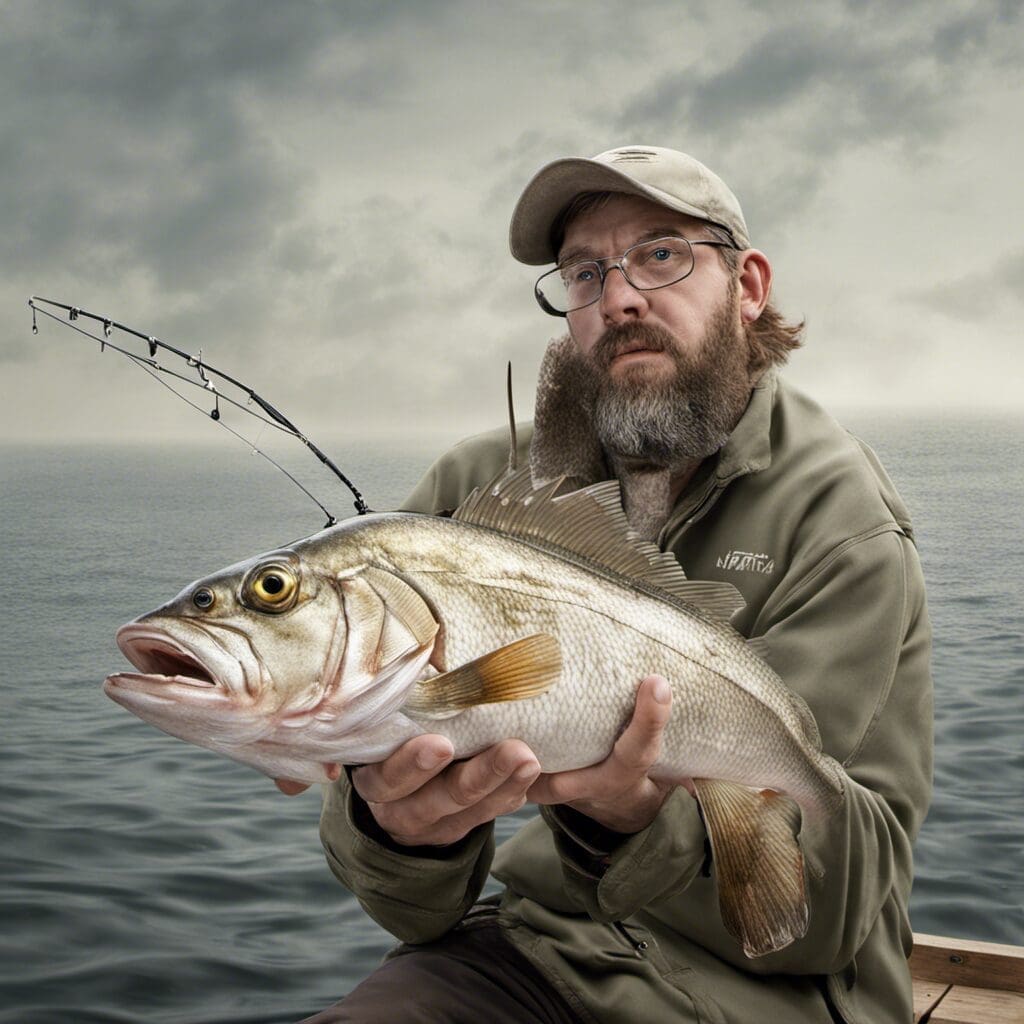Introduction
The Atlantic Croaker (Micropogonias undulatus) is a species of marine fish from the family Sciaenidae. Also known as the Hardhead in the south, the Atlantic Croaker is an incredibly popular sport fish along the US Atlantic and Gulf coasts.
Conservation Status
According to the International Union for Conservation of Nature (IUCN), the Atlantic Croaker currently holds a status of Least Concern. This is due to a combination of their wide distribution and large population size. Various conservation efforts, such as regulated fishing seasons and size limits, aim at maintaining a healthy population of Atlantic Croaker.
Statistics
| Statistic | Average | Range |
|---|---|---|
| Length | 12 inches | 8-20 inches |
| Weight | 0.5-2 lbs | Up to 8 lbs |
| Average Lifespan | 3-4 years | Up to 8 years |
Distribution
The Atlantic Croaker can be found along the East Coast of the United States, from Massachusetts down to Florida, over to Texas and the northern parts of Mexico. During the winter, the fish migrates to deeper, warmer waters, before returning to the shallows for spring and summer.
Habitats
The Atlantic Croaker is an inshore species, generally residing in estuaries, sounds, and shallows along the coast. They prefer a bottom of sand or mud, in water temperatures ranging between 40-77°F and at depths between 10-100 feet.
When and Where to See
The best time to see the Atlantic Croaker is during its peak seasons, which are spring through fall. The species is often visible near the surface at night, and during the day will retreat to deeper waters.
Best Fishing Locations
The Atlantic Croaker is widely distributed and can be found at many locations along the US coastline. Top fishing locations include:
- Chesapeake Bay, Virginia
- Neuse River, North Carolina
- Cape Fear River, North Carolina
- Beaufort, South Carolina
- Charleston, South Carolina
- St. Johns River, Florida
- Indian River, Florida
- Galveston Bay, Texas
- Mobile Bay, Alabama
- Mississippi Delta, Louisiana
Fishing Tips
For those seeking Atlantic Croaker, the end of a pier, beach or jetty can be a good place to start. Look for shell, rock or mud bottoms in water with a medium to strong current.
How to Catch
Anglers often have success using live or natural bait such as squid, shrimp, or mullet. Techniques include bottom fishing, drifting or float fishing. The best time to catch them is generally early morning or late evening during the warmer months.
Identification Guide
Atlantic Croaker have a silver or yellowish body with a brassy sheen and several sets of faint, irregular lines or blotches running diagonally on the sides. Their mouths have several barbels or “whiskers” on the chin.
Culinary
Atlantic Croaker provides a good source of lean protein and can be cooked in a variety of ways including grilling, frying, and baking. The taste profile is mild to sweet, similar to snapper or grouper. Nutritional information includes 92 calories, 19.3g protein, 1.2g of fat per 100g.
Additional Information
The behavior of Atlantic Croaker is quite interesting. They have distinctive mating rituals which include a croaking sound produced by their swim bladders, hence their name. Natural predators of the Atlantic Croaker include sharks, larger fish, and birds. Human-induced threats include overfishing and habitat loss.
The Atlantic Croaker’s croaking sound was considered a good omen by sailors and fisherman who believed it signalled the approach of cooler weather.
References and Further Reading
- Fishbase – Atlantic Croaker
- Chesapeake Bay Program – Atlantic Croaker
- Wikipedia – Atlantic Croaker

